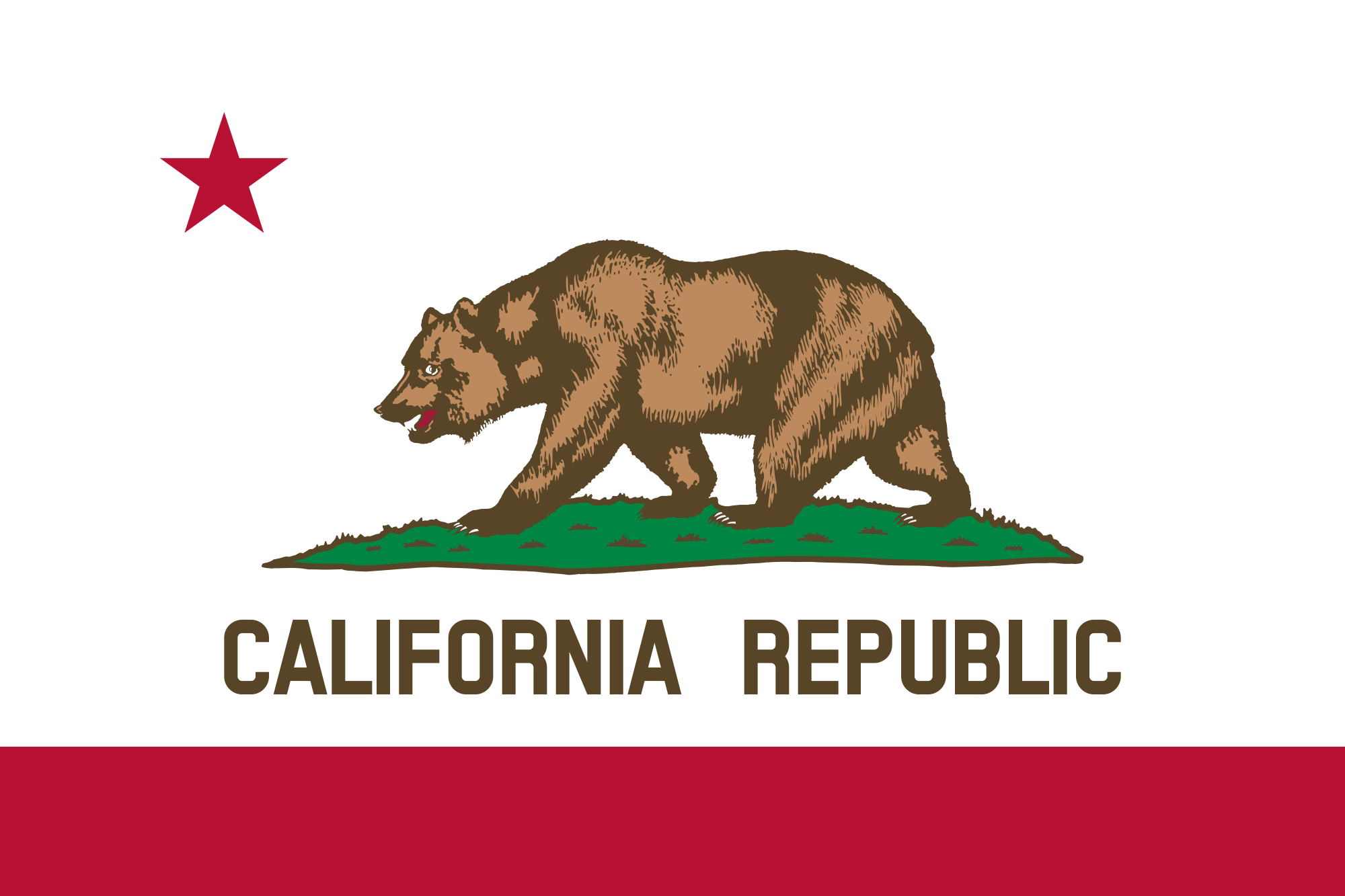A recent item in the New York Times pointed out an important fact: for all the talk of economic inequality as a growing problem, it is also true that inequality has not risen since the Great Recession.
That is not to say we should be crying for the very rich. Only to point out that, while inequality remains at or near its highest levels than at any time since before the Great Depression, it is also true that recent government policy may be taking the edge off – if only a little bit.
That seems to be the case in California, where voters approved higher tax rates on the highest income earners by passing Proposition 30 in 2012.
So, what impact is Proposition 30 having on inequality in California?
According to the Legislative Analyst’s Office, the state’s top income earners now pay a larger share of the state’s tax revenue than ever before.
This is despite the fact that California’s top 1% of earners is accounting for about the same – in fact, a slightly smaller — portion of the total income earned than it before the recession.
In 2007, there were more than 15 million tax returns filed — 15,016,276 to be exact. In that year, there were more than 146,221 returns filed with a adjusted gross income of more than 500,000 – about 1 percent of tax filers.
That year, the top earners brought in $255 billion of the $873 billion in total taxable income – 29.2 percent of the state total.
By 2012, the 1 Percent’s share of taxable income had dropped. In 2012, there were 15.2 million total state tax returns filed. By then, the threshold to make the top 1% had gone up. There were 161,744 returns of $500,000 or more – the top 1% percent.
Those top earners raked in more than $275 billion in taxable income – 28.5 percent of the $965 billion statewide total.
(Note: Proposition 30 was approved in November 2012, but it adjusted the tax rates for the entire 2012 calendar year. Therefore, the 2012 receipts reflect the first year the higher income taxes were on the books)
Despite accounting for a smaller portion of the state’s total taxable income, the highest earners are paying a larger share of the state’s income taxes.
That is because of Proposition 30, which raised income taxes on the state’s highest income earners by about $5.6 billion, according to estimates from the Franchise Tax Board.
Leonhardt pointed to other factors, including federal tax policy and the expansion of health-insurance coverage under Obamacare that may be chipping away at the disparity.
“None of these facts, to be clear, changes the larger story: Inequality is far higher than for most of the last century. The Great Depression and the New Deal helped reverse the high inequality of the 1920s. The last several years haven’t reversed more than a small fraction of the post-1980 rise in inequality.
“It’s even possible that inequality will soon surpass its 2007 peak, because the affluent often fare better than any other group in the second half of an economic expansion. On the other hand, the current data doesn’t reflect several of Mr. Obama’s efforts to fight inequality, such as the expansion of health insurance or top-end tax increases. Whatever happens in the next few years, top incomes will almost certainly remain vastly higher than they were in previous decades, while incomes for the middle class and poor will remain only marginally higher. This stagnation has damaged living standards and caused widespread frustration.
But the fact that inequality hasn’t continued rising in the last several years matters – first, because facts matter, and, second, because it helps show what Washington has the potential to do. For much of the last few decades, rather than attacking inequality, government policy has exacerbated it. Tax rates on the very rich, the same group receiving the largest pretax raises, have fallen the most.
Applying this analysis to California may also be a sign that state policy can also make a difference in wrestling with inequality. While California will not be able to simply tax its richest citizens ad infinitum in a vacuum, a more progressive tax system appears to be part of solving the inequality puzzle, or at least slowing the growth of the income gap.







